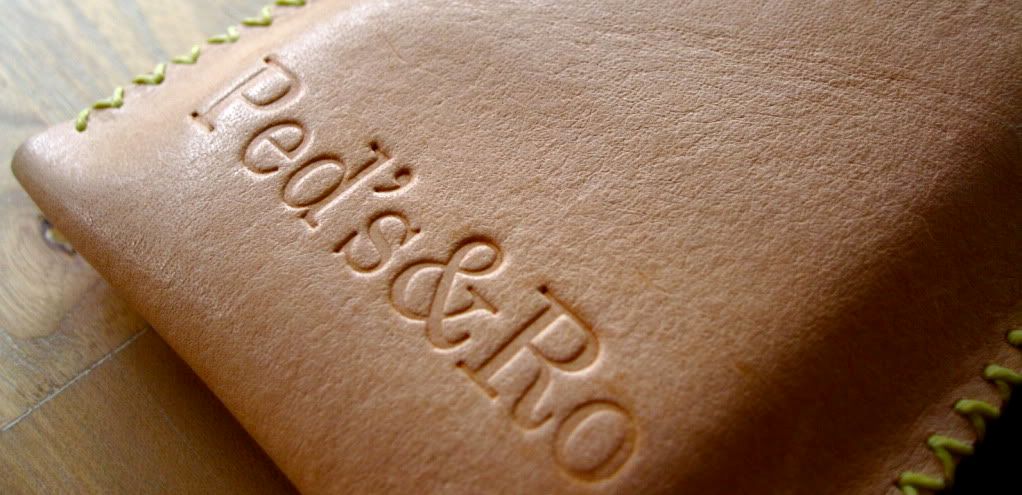In my previous post, A Short Intro to Leather: Types of Leather Finishes, I introduced and explained the various types of leather finishes that you will see in the market such as Aniline, Nubucks and so on. They are basically finished leather ready to be used to make your bags, shoes, clothing and even horse saddles.
As leather is a natural product, the most natural and unaltered animal hides are considered the highest quality. They may stain and scar more easily, but that is the characteristics that allows leather to be at its best.
This post will focus on the various forms of leather, mainly referring to the grain quality of the hide. Simply, these are the actual raw quality of the animal hide before tanning and finishing. There are three forms: Full grain, top grain, and corrected grain.
Grain refers to the outer layer or epidermis of the animal skin where the hair or fur grows.
Full Grain. Only the finest leather products are made from full grain leather. This refer to hides that have not been buffed or sanded to remove scars. This means that the natural hair patterns are more visible and there is natural breathability. Due to its raw nature, it also develops a nice patina through time and use but is not resistant to stains and scars. Full grain leather are used for full-aniline and semi-aniline finishes.
Top Grain. Less superior to full grain, this leather has been buffed or sanded to remove traces of scars on the skin but not to the extent of corrected grain leather. It being buffed means having the top rich protein layer removed hence not as strong as full grain leather. It is also finished with a surface coat as well. Unlike the full grain leather, it has a more plastic feel and will not develop a natural patina throughout its life. However, the benefits of top grain leather are its cost efficiency and resistance to stains.
Corrected Grain. This leather does not have the same high standards as a full grain and top grain. As the name suggest, its grains and imperfections have been corrected to give it a uniform look and then artificial grains are embossed. Inferior hides not suitable for full grain and top grain leather are used. It is usually coated with a thick finished to maintain and stabilize its artificial grain. Corrected grain leather are the least expensive but least durable as well.
In the next post, i will cover the different tanning process that again defines the quality of the leather product.

Great Tips! Sometimes a single helpful and informative post
ReplyDeleteLeather Best Collection Sellers